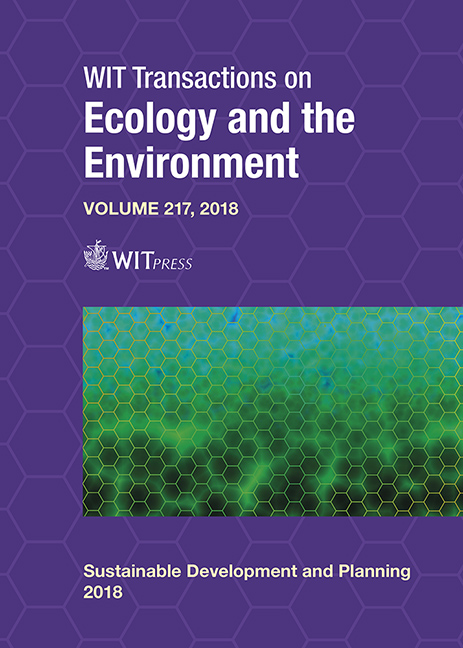AUTONOMOUS VEHICLES IN SUSTAINABLE CITIES: MORE QUESTIONS THAN ANSWERS
Price
Free (open access)
Transaction
Volume
217
Pages
10
Page Range
725 - 734
Published
2018
Size
318 kb
Paper DOI
10.2495/SDP180611
Copyright
WIT Press
Author(s)
ANDRÁS SZELE, LAJOS KISGYÖRGY
Abstract
There are a lot of high expectations about the appearance and spread of autonomous vehicles. There are clear advantages, which can be almost assured: autonomous vehicles will be more comfortable, the number of road accidents will be decreased, more people will gain access to the passenger car’s benefits, and unimaginable traffic and business services will be created. Just because of these benefits, it is worth investing considerable resources in the development of autonomous vehicles. There are other expected positive impacts, such as wide-range vehicle sharing and congestion alleviation. However, these latter impacts are not self-explanatory, and research should be taken to ensure that the widespread use of autonomous vehicles results more sustainable urban transport. In this paper, we analyse the impact of autonomous vehicles on congestion. Firstly, we introduce the traffic operation of the road network with recurrent congestion. Secondly, we show that shared use of vehicles reduces congestion only if the sharing of family-owned vehicles is dominant. Otherwise, the users are likely to be mainly former public transport users, cyclists, and pedestrians. Thirdly, we demonstrate that the widespread use of autonomous vehicles reduces congestion only when the new technology improves the capacity of the key cross-section of the network. The capacity of these key cross-sections can only be slightly improved without major construction work, so congestion can only be reduced if there are significantly less vehicles on the road network or the efficiency of traffic flow through autonomous vehicles increases. However, the latter, according to our calculation, is not so favourable to bring about a fundamental improvement in the traffic because of the expected increase in the motorization. Finally, we present some proposals that can contribute to the reduction of congestion on the urban road networks dominated by autonomous vehicles.
Keywords
autonomous vehicles, traffic design, network planning





